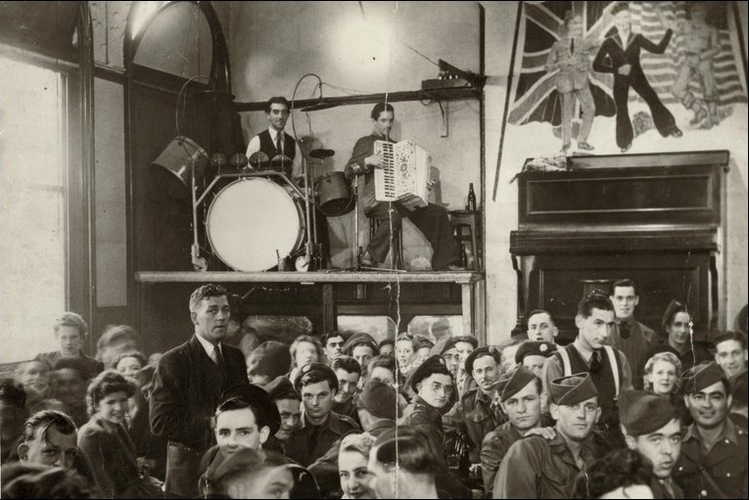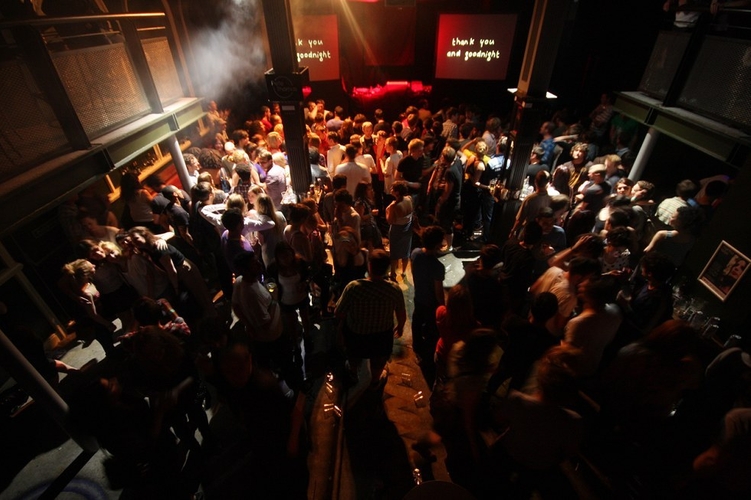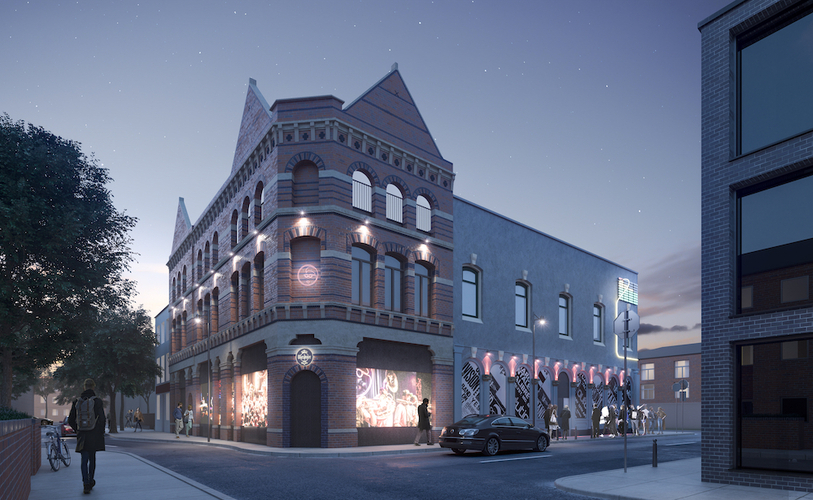Expanded music venue will explore the heritage of Manchester’s migrant communities
Inner City Music Limited, the charity that owns and operates Band on the Wall, has secured a further £1.4m for its ‘Bigger, Better, Stronger’ expansion plan thanks to the National Lottery. This follows £1.65m secured from Arts Council England last year.
With work due to begin towards the end of this year, the development will restore the derelict Cocozza building at the rear of the venue - one of the few remaining structures from the Victorian Smithfield Market days. Plans also include increasing the main venue capacity from 340 to 520, a second 80-capacity venue for live music and film screenings and digital displays with short films celebrating the history of the Northern Quarter and its communities.
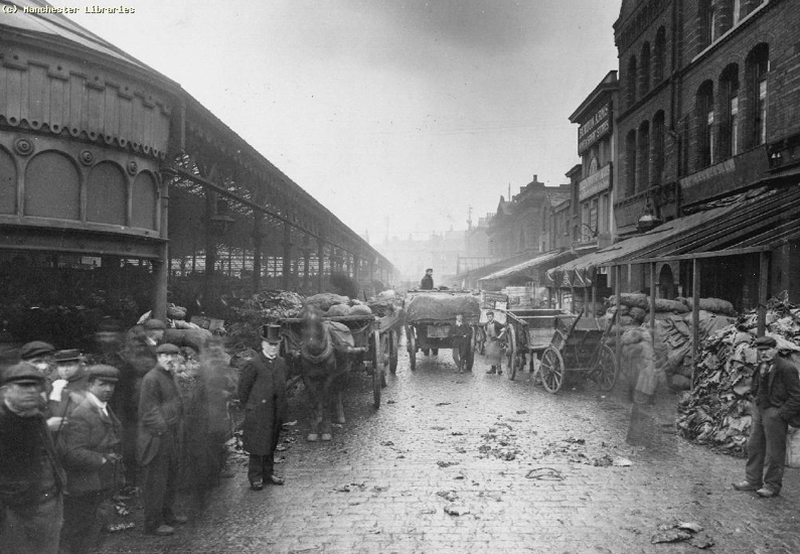
Although the venue is renowned for championing some of the city’s most famous home-grown talent, it has a wealth of musical history from migrant communities in the area. The ‘Bigger, Better, Stronger’ project will showcase these stories and celebrate the impact of music on the development of Manchester’s diverse communities for over 200 years.
Throughout its history, Band on the Wall has hosted migrant musicians from Italy, Ireland and South Asia, among many others, and continues to provide a platform for musicians from around the world. One notable example is Rudi Mancini - the great twentieth century accordion player, of Italian heritage, who performed from a stage that was halfway up the back wall when the venue was known as the George and Dragon pub (hence its unusual name).
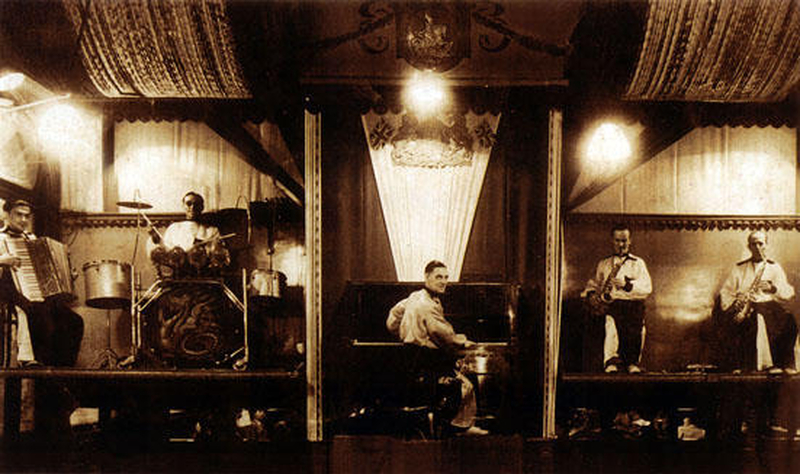
Band on the Wall also hosted many performances of broadside ballads; story-songs often printed on cheaply available newsprint and widely distributed in the nineteenth century, popular with the Irish communities of Ancoats and nearby Angel Meadow.
It was also known for its reggae music in the latter half of the twentieth century, as Manchester become home to many communities from the Caribbean. The Twelve Tribes of Israel Youth Band rehearsed and performed at the venue - led by musician Tee Carthy, who works for the venue today and is at the helm of its ongoing reggae tradition.

The plans will also present an engagement programme of community events, rooted in the music and culture of the city’s migrant history. These include working with schools to create clubs for international music, the founding of a youth folk music orchestra for Manchester, and establishing a large-scale jazz ensemble open to all ages and abilities. Recently, the pilot programme for the ‘Bigger, Better, Stronger’ project saw children from the nearby New Islington Academy in Ancoats learn new skills, ranging from Irish folk fiddle music to international dance.
Gavin Sharp, CEO of Inner City Music, said: “Manchester is a city of migrants, whether from rural England, Ireland or across the world; and as people have travelled here to work, they have brought amazing culture which Mancunians have embraced. Band on the Wall represents an important part of Manchester’s aspiration to become a truly global, outward-looking city and we are incredibly pleased that this has been recognised by all the supporters and funders of the project.”
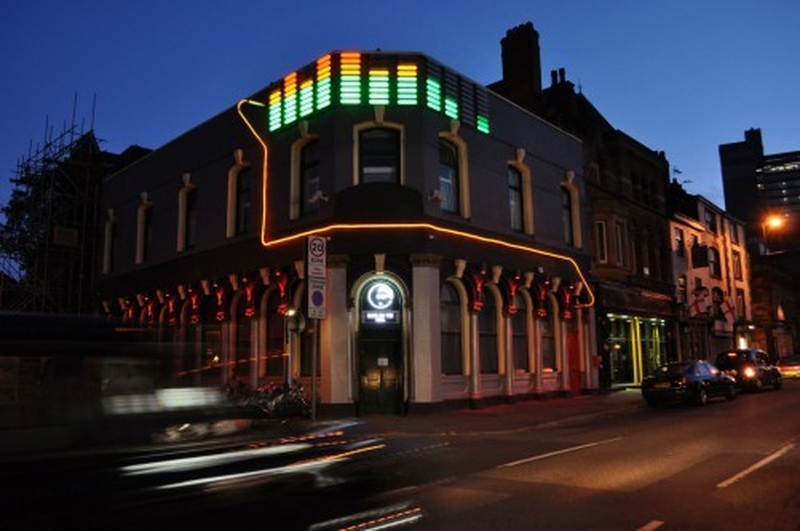
Band of the Wall’s development comes at a time when independent music venues across Manchester are facing increasing pressure. Founded in the early twentieth century, the venue provided a platform international musicians and it was also a popular outlet for the local post-punk scene in the seventies - hosting early concerts from the likes of Buzzcocks, The Fall and Joy Division. Perhaps due to its diversity and innovation, the venue has stood the test of time as a cornerstone of Manchester’s music scene.
Written by Lucy Milburn






